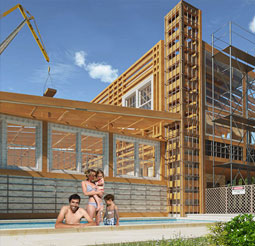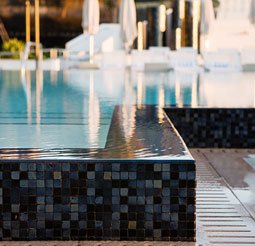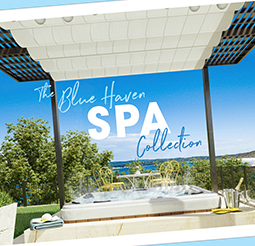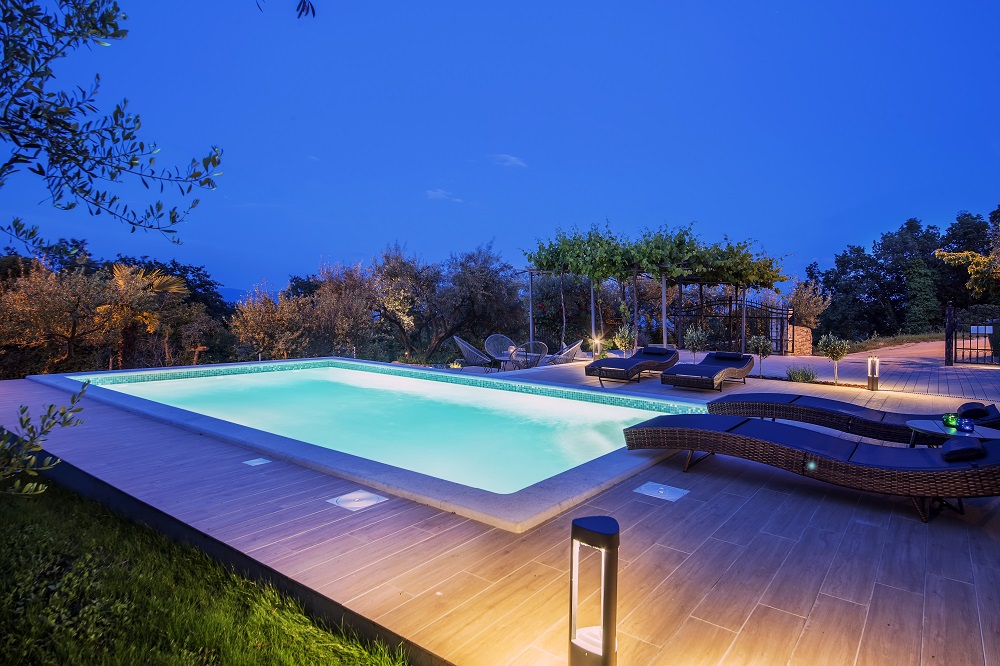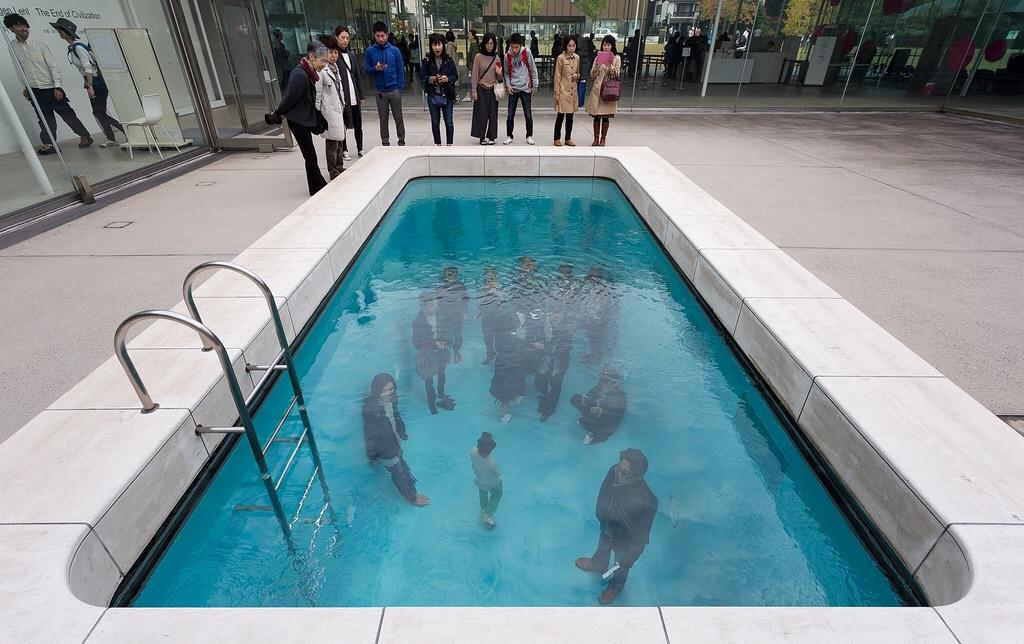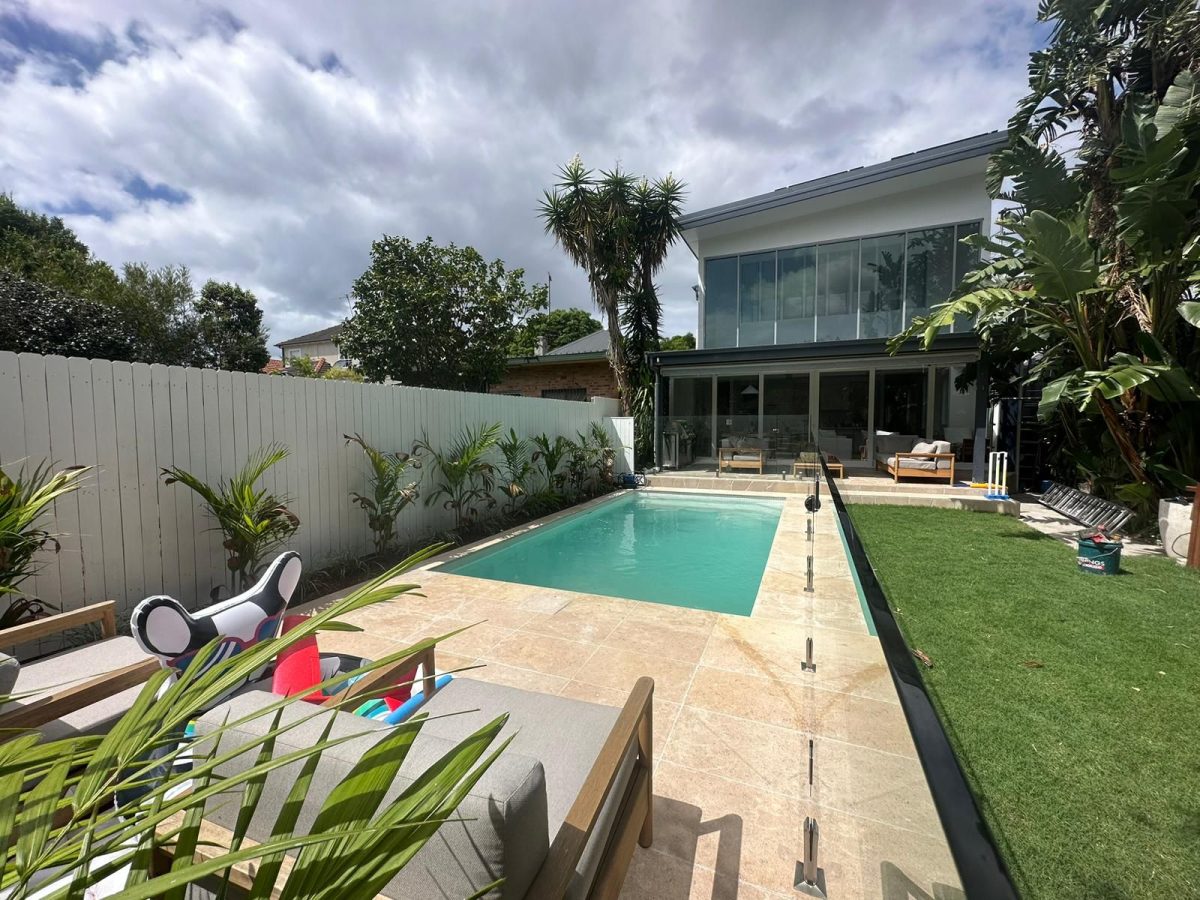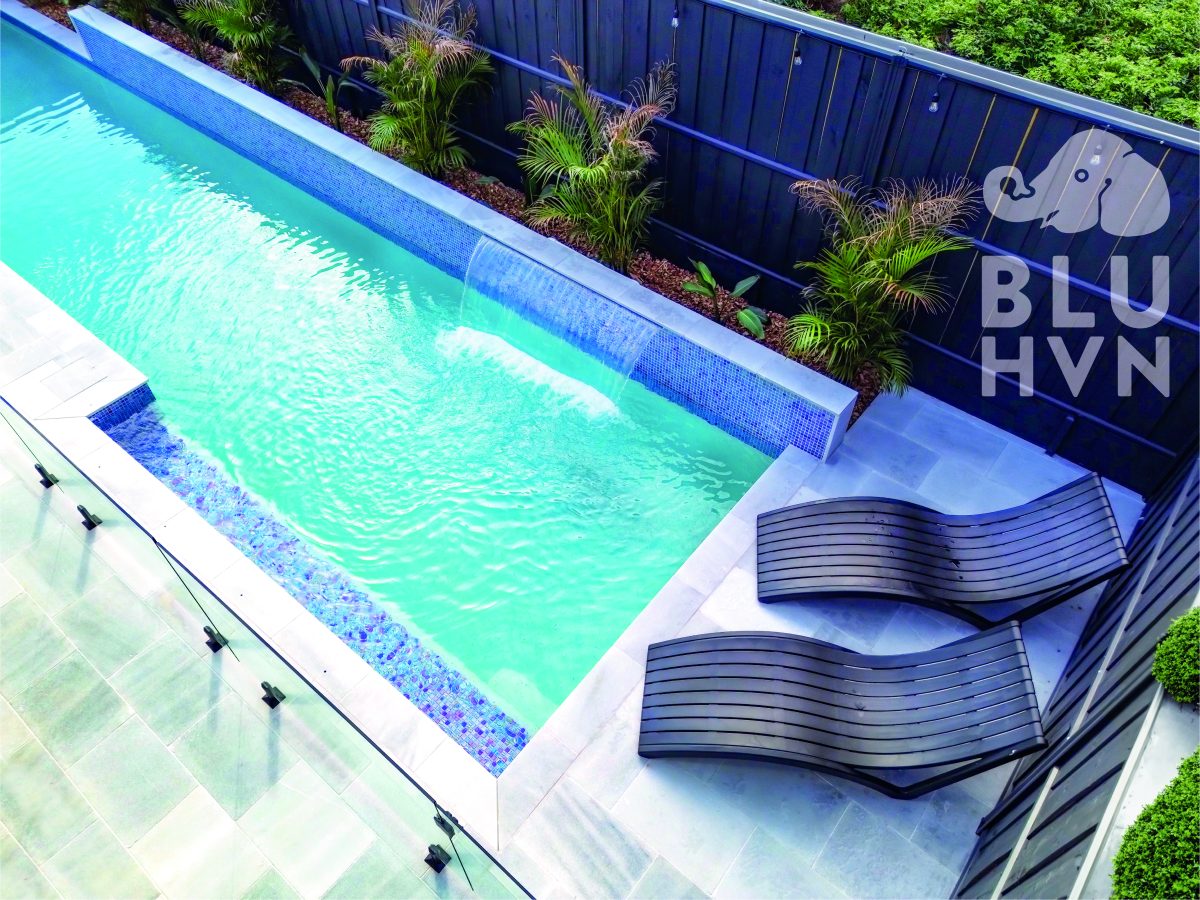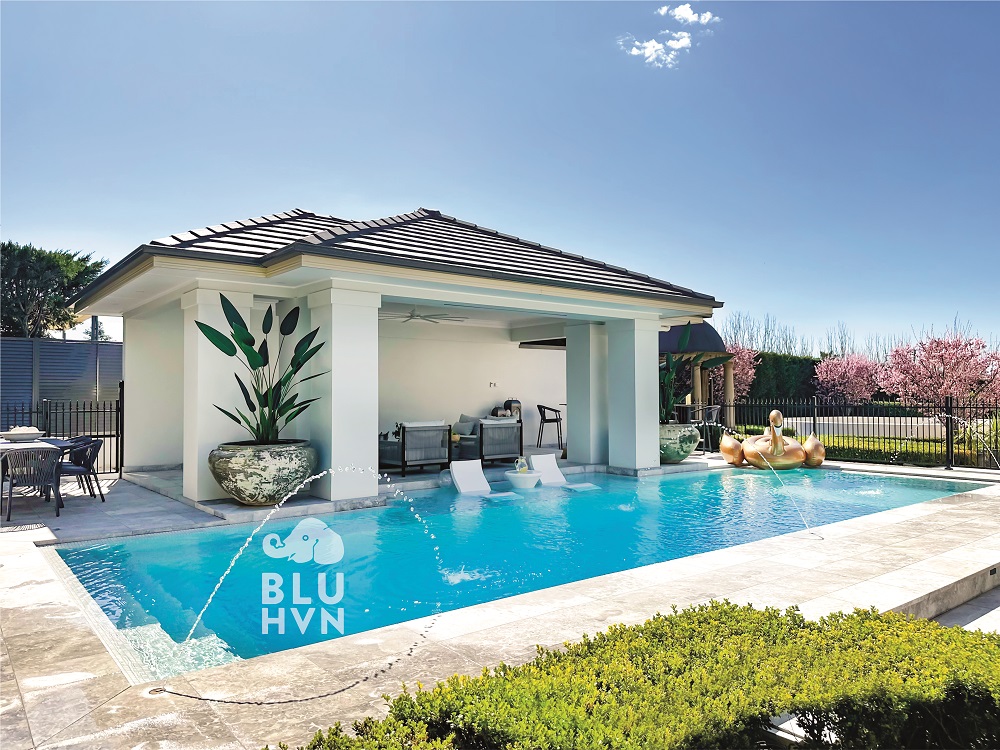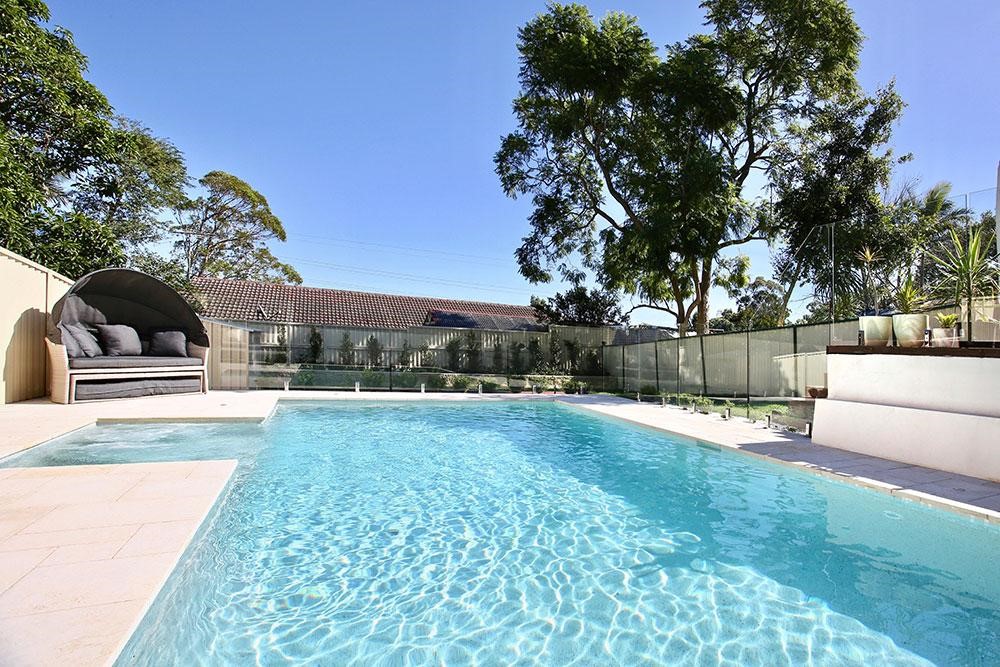Find Out Everything You Need to Know About Sand Filters and Cartridge Filters
May 4, 2020
What size filter do I need?
ALWAYS choose the filter first, then the pump and chlorinator to suit. Sizing up your pool equipment formula:
- Pool (Length X Width X Depth) = Volume
- There are 1,000 Litres per cubic metre, multiply your volume by 1,000. Divide your volume total by 8 = Litres Per Hour (LPH).
- Generally, there will be 8 hours turn over (for filtering) in 2 intervals, Divide your LPH by
60 (minutes) = Litres Per Minute (LPM)
Ease filter workload
Multi Cyclone filters up to 80% of the filter’s incoming dirt load easing the workload of the swimming pool filter. As the Multi Cyclone intercepts more and more dirt, the flow rate remains unchanged.
- Improving pool water circulation
- Enhancing the performance of the automatic pool cleaner and in floor cleaning system
- Allowing effective pool vacuum without burdening the pool filter
- Minimising filter maintenance and saving water
Minimise cartridge cleaning and replacement
Incoming water enters 12/16 hydro cyclones tangentially, generating a strong centrifugal effect.
The sediment is spun out to the hydro cyclone’s wall, and then spirals down to the sediment bowl. The filtered water migrates towards the centre of the hydro cyclone where the flow reverses and spirals upwards through the outlet. Accumulation of sediment can be visibly monitored through the Multi Cyclones clear
sediment bowl. The Multi Cyclone is easily cleaned by opening the valve. Only 15 litres of water is discharged to cleanse the
Multi Cyclone. This pre- filtration greatly reduces the frequency of cleaning cartridge filters or back washing of sand filters.
Multi Cyclone is ideal as a pre-filter, extending the life of your existing filter and cutting water consumption as it eases the workload on the swimming pool filter.
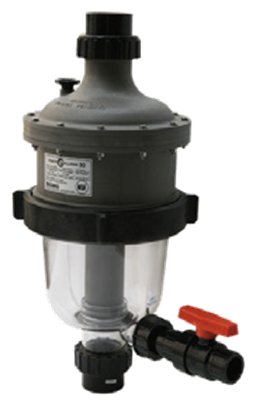
Sand Filter
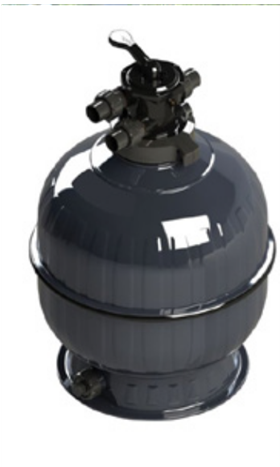
Sand Filters use specially designed pool sand or glass media that removes the dirt and debris as water pushes through the media. The cleaned water then flows back into the pool out through the bottom end of the filter. In a Sand Filter, back- washing occurs once water flows out through the waste line, instead of back into the pool, cleaning the filter.
As the filter sand gets older and dirtier, the water flow pressure through the filter will decrease. This decrease in water flow pressure will in turn increase the pressure rate of the filter. This will tell the pool owner that it’s time to backwash the equipment. Generally, the sand media should be replaced about every five to eight years, based on usage.
Pros
- Removes down to 20-40 micron-sized dirt and debris
- Easy-to-use and simple to operate
- Low maintenance
- Glass and Sand Media is the longest lasting
- Ideal to fit under a decking installation as there in no cartridge to ‘lift up’ so the area can be lower
Cons
- Requires replacement sand every 5 years
- Backwashing lowers pool water (water wastage)
- Lower filtering ability than Cartridge Filters (20-40 microns’ vs 10-15 microns)
- Constant backwashing can throw off your water balance and add to your water bill
- Very large and bulky making them difficult or costly to enclose
- Added plumbing costs to run backwash line to waste
Cartridge Filter
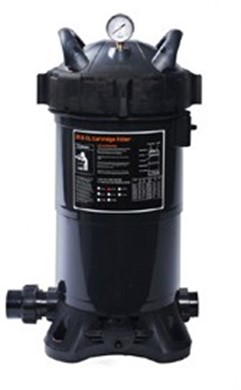
Cartridge Filters can screen out twice as much dirt and debris as a Sand Filter. Its larger filtration area allows the water to progress through the cartridge and remove smaller particles. Maintenance is much easier because there is no need for a back-washing step. This can save pool owners money by not constantly removing water and pool chemicals. All you need to do is remove the Filter Cartridge and wash it off or install a replacement cartridge when the time occurs.
These filters cut energy costs by utilizing low pump pressure. Since the pressure needed is lower, it can prolong the life of your pool pump.
Pros
- Removes dirt particles as small as 10-15 microns
- Simple maintenance & no backwashing
- Cuts energy costs by utilizing lower pump pressure
- Less wear and tear on pool pump
- Low water flow impact
- Larger surface area screens out more dirt particles
- Tall and narrow using less floor space than a sand filter
- Technology advanced with superior antimicrobial elements lasting the entire life of the filter element and reduces the growth of algae, bacteria and microbes in a unique process that reduces maintenance and makes swimming and bathing safe for the whole family.
Cons
- Cartridges need to be replaced every few years
- Not practical for very large pools
- Need to wash filter cartridges regularly
- Cartridge element lifts up to remove so cannot be fitted under a deck or low hanging space

